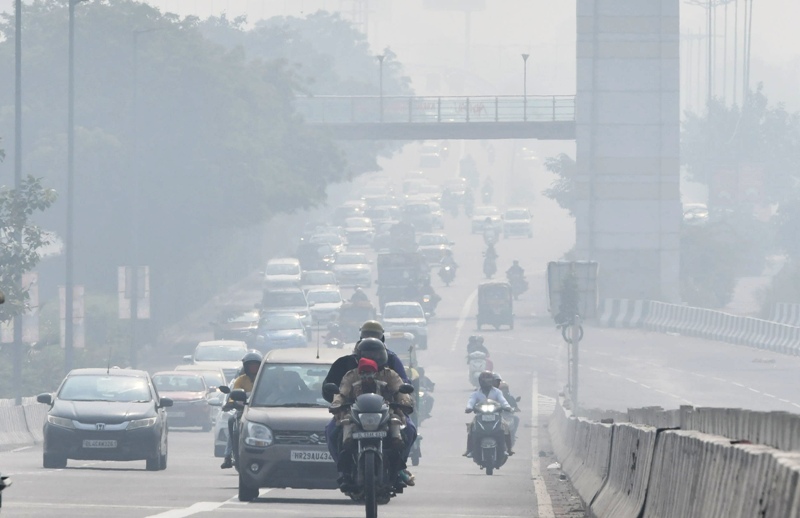 Winter air pollution
Winter air pollution
Winter pollution levels and trends point to national air quality crisis, says CSE’s latest analysis
New Delhi/IBNS: An all-India winter air quality analysis done by Centre for Science and Environment (CSE) says particulate pollution spiked and stayed elevated with varying intensity across all regions during the winter of 2021-22 (15 October to 28 February).
Even though the overall regional averages of PM2.5 levels were lower than the previous winter in most regions, the winter smog episodes recorded severe spikes in several regions. Peak pollution was alarmingly high and synchronized, despite large distances within the regions – especially in the northern and eastern plains.
The analysis has been done for the 2021-22 winter air quality tracker initiative of CSE’s Urban Data Analytics Lab.
“Clearly, the winter pollution challenge is not limited to mega cities or to one specific region; it is now a widespread national problem that requires urgent and deliberate action at a national scale. This requires quicker reforms and action in key sectors of pollution – vehicles, industry, power plants and waste management to bend the annual air pollution curve and daily spikes,” says Anumita Roychowdhury, executive director, research and advocacy, CSE.
“As availability of real-time air quality data has improved in several regions with the expansion of the air quality monitoring systems, it has become possible to assess the regional differences and the unique regional trends. This can help to inform the regional clean air action,” says Avikal Somvanshi, programme manager, Urban Data Analytics Lab, CSE.
This air quality tracker initiative has helped to benchmark the winter air quality for peer-to-peer comparison within each region and inter-regional differences.
This analysis is based on publicly available granular real time data (15-minute averages) from the Central Pollution Control Board’s (CPCB) official online portal Central Control Room for Air Quality Management. The data is captured from 326 official stations under the Continuous Ambient Air Quality Monitoring System (CAAQMS) spread across 161 cities in 26 states and union territories.
Regional profile of winter pollution shows the eastern region is as polluted as Delhi-NCR: The winter average of PM2.5 in eastern plains that also include the newly monitored 19 cities and towns of Bihar, was the same as that of Delhi-NCR.
Six Bihar towns feature in the top 10 most polluted cities this winter, with Siwan and Munger at the top. In the northern plains, Ghaziabad, Delhi, Faridabad, and Manesar are third, fifth, seventh and tenth in the list. Even though the seasonal average in smaller cities of Bihar rivals the mega-cities of NCR, their peak pollution during smog episodes are comparatively milder.
The NCR cities have experienced the most severe daily (24-hr average) PM2.5 levels with Ghaziabad being the worst hit. Delhi, Noida, Faridabad, Greater Noida, and Gurugram are among the worst peak pollution (24-hr average) this winter.
The PM2.5 winter average of the eastern region is over three times the average of the cities in southern India and 22 per cent more polluted than north Indian cities. Within the east, the Bihar sub-region is the most polluted.
From the peak 24-hr PM2.5 level perspective, north Indian cities have recorded the highest daily pollution levels on an average. Within north, Delhi-NCR remains the most polluted sub-region with their worst days being almost five times the average. Its peak pollution is also almost five times higher the average peak of northeastern India cities (region with lowest peak pollution) and about 60 per cent higher than the average peak of eastern cities (region with the worst regional average).
Support Our Journalism
We cannot do without you.. your contribution supports unbiased journalism
IBNS is not driven by any ism- not wokeism, not racism, not skewed secularism, not hyper right-wing or left liberal ideals, nor by any hardline religious beliefs or hyper nationalism. We want to serve you good old objective news, as they are. We do not judge or preach. We let people decide for themselves. We only try to present factual and well-sourced news.







